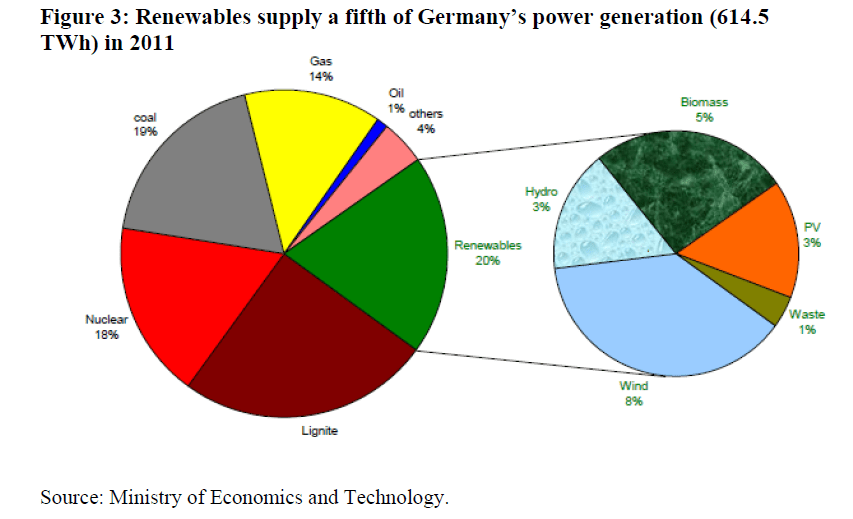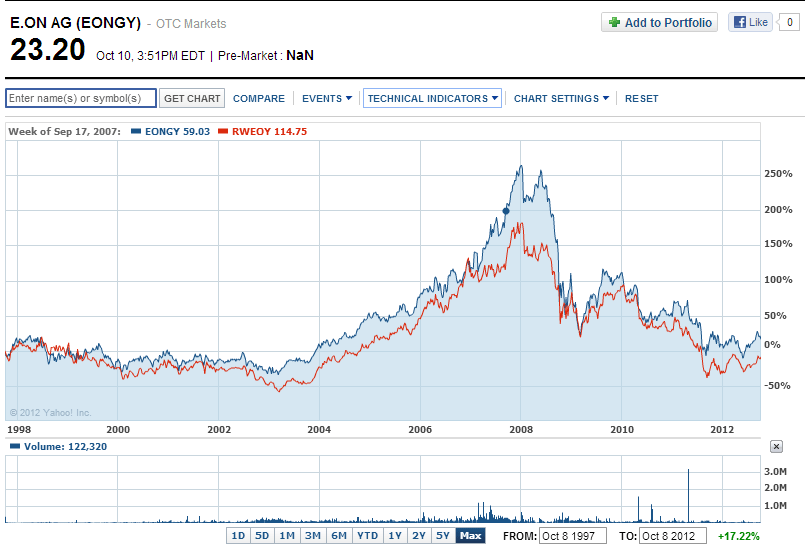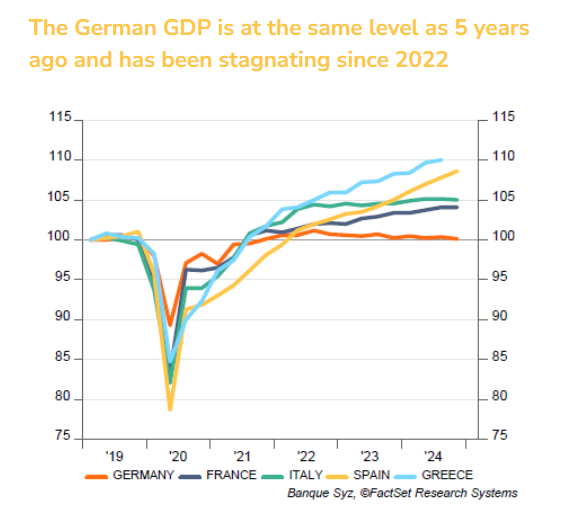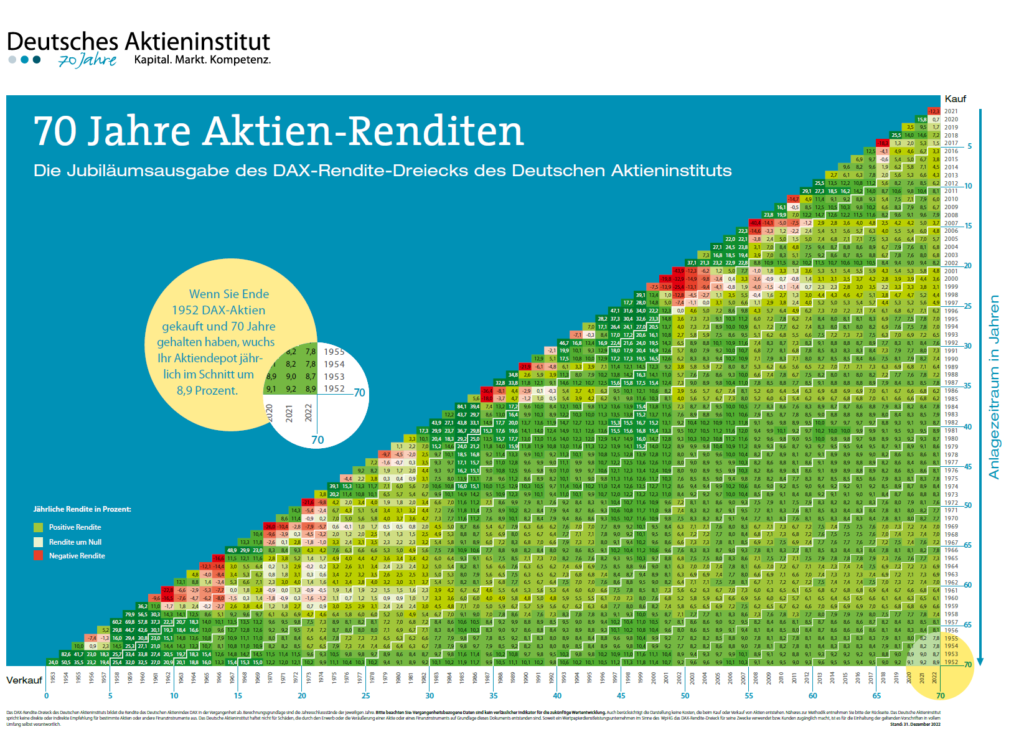Germany has set an ambitious plan to move away from fossil fuels and abandon nuclear power in the coming years. As a major industrial powerhouse this a big challenge since the country has to find other sources of electricity to replace the power generated from fossil fuels and nuclear power. Germany is increasingly depending renewable energy sources to meet its electricity needs, By the year 2020, one-third of power produced is projected to come from renewable sources.
Germany’s Sources of power generation in 2011:
Click to enlarge
Source: The Energiewende – Germany’s gamble by David Buchan, June 2012, The Oxford Institute for Energy Studies, University of Oxford
Four companies dominate power generation in Germany. These firms include Germany-owned EnBW, E.ON(EONGY), RWE (RWEOY)and Swedish-owned Vattenfall which provides electricity generation in the former East German parts of the country. The three major German utilities noted above have seen their share prices plunge in the since last year due to the government’s decision to phase out nuclear power. However in the past few months their share prices have stabilized and have slowly started to crawl up. Up until now these three firms have been big players in the renewable energy market in other countries but not in their home country of Germany.
Vattenfall is one of Europe’s largest producers of electricity and heat. The group is 100% owned by the Swedish state. Vattenfall’s core markets are Sweden, Germany and the Netherlands and has operations in Belgium, Denmark, Finland, Poland, France and the UK as well. The company’s share does not trade on the US markets.
The long-term performance of E.ON (EONGY) and RWE AG(RWEOY) is show below:
Source: Yahoo Finance
Related ETF:
iShares MSCI Germany Index Fund(EWG)
Related article:
German Energy Plan Plagued by Lack of Progress (Der Spiegel)
Clean Break: Germany’s Switch to Renewables (Bloomberg)
Disclosure: Long EONGY and RWEOY





